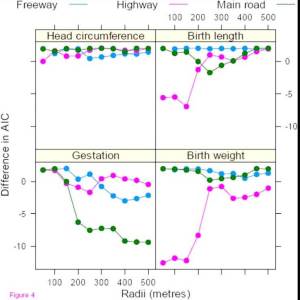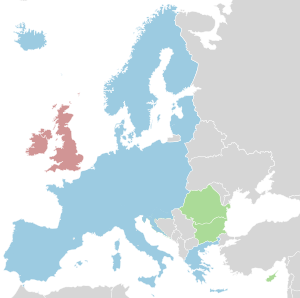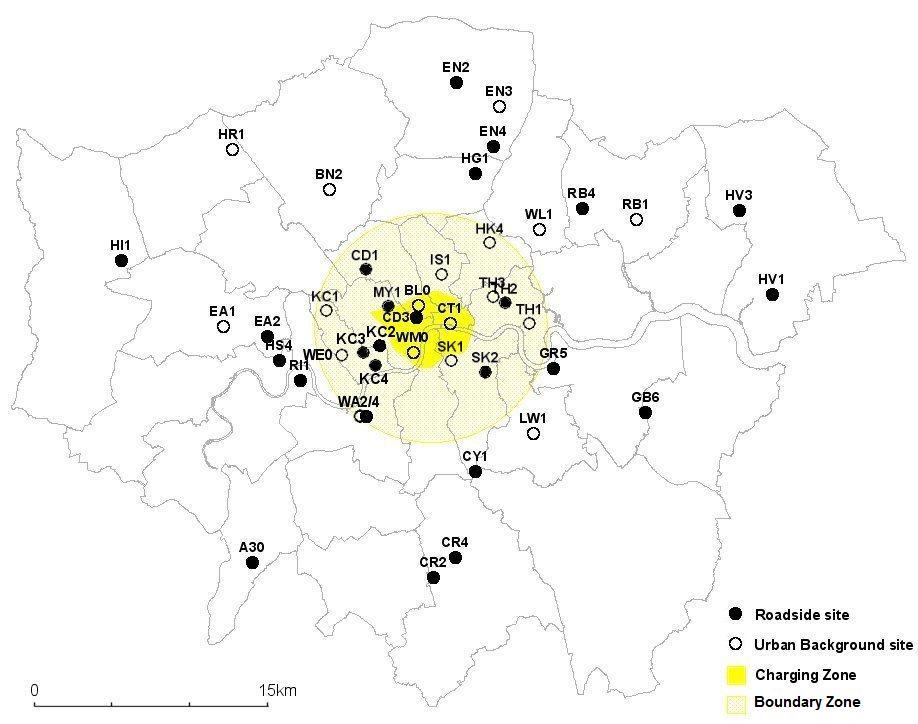Also discussed here: Australia’s Future Climate
The report reviewed today come from CSIRO, Australia’s lead agency for climate (and other areas of scientific research) which describes the adaptation needed for a range of climate impacts in this country which already has had to cope with major heat waves- many of which are similar, both in origin and response, to what is seen in North America and Europe. Highlighted below are examples of health impacts in particular.

Key Quotes:
“Adaptation is about coping with the changes that are already happening or that appear unavoidable in the future”
“There is now wide scientific agreement that the world is heading for at least 2ºC warming, andpossibly 4ºC, by 20702 and that adaptation to the changed conditions that this implies has become a vital concern”
“Domains that are emerging as priorities are:
- urban areas, including homes, offices, industries, transportation, water and energy systems, and overall design of towns and cities themselves
- coastal zones and estuaries and all areas at risk of sea-level rise, storm surges, and floods
- agriculture, the food supply, and other primary production, including mining
- our natural environment, including forests, woodlands, grasslands, lakes, rivers, and deserts and all the plant and animal species within them.”
“Adaptation may include:
- reshaping health-care services to developing early warning systems to reach all citizens (with a social network back-up for those most at risk)
- preparation of the health system and hospital emergency departments, and improvements in maintenance programs for essential services
- encouragement of behavioural changes by the public to reduce exposure to heat stress
- retrofitting of old houses with better insulation
- development of emergency response plans for heatwaves in all regions”
“Higher temperatures are likely to cause an increase in the concentrations of volatile organic compounds and ozone in the atmosphere…increased ozone pollution is projected to cause a 40% increase in the projected number of hospital admissions by the period 2020–2030, relative to 1996–2005, and a 200% increase by the period 2050–2060)
Related articles
- How Should Cities Plan to Reduce Health Impacts from Climate Change? (pollutionfree.wordpress.com)
- Climate change to bring more heatwaves (news.theage.com.au)
- Climate change debate necessary: CSIRO (news.theage.com.au)
- The climate change conference no one is talking about - Rooted (rajcairnsreport.wordpress.com)
- The Big Thirst: Why Climate Change Might Cut Your Shower Short (fastcompany.com)
- Opportunities offered by climate change | Rachel Godfrey Wood (guardian.co.uk)
- Australia: How we'll adapt to climate change (yasstribune.com.au)
- CSIRO industrial action escalates (csirobargaining2011.org)
- Health Impacts of Climate Change in China (pollutionfree.wordpress.com)
- Scientists to turn off the bunsen burners (csirobargaining2011.org)
- 10 year window to save reef: expert (news.theage.com.au)
- Recession briefly axed greenhouse gases in 2009 (scientificamerican.com)



































